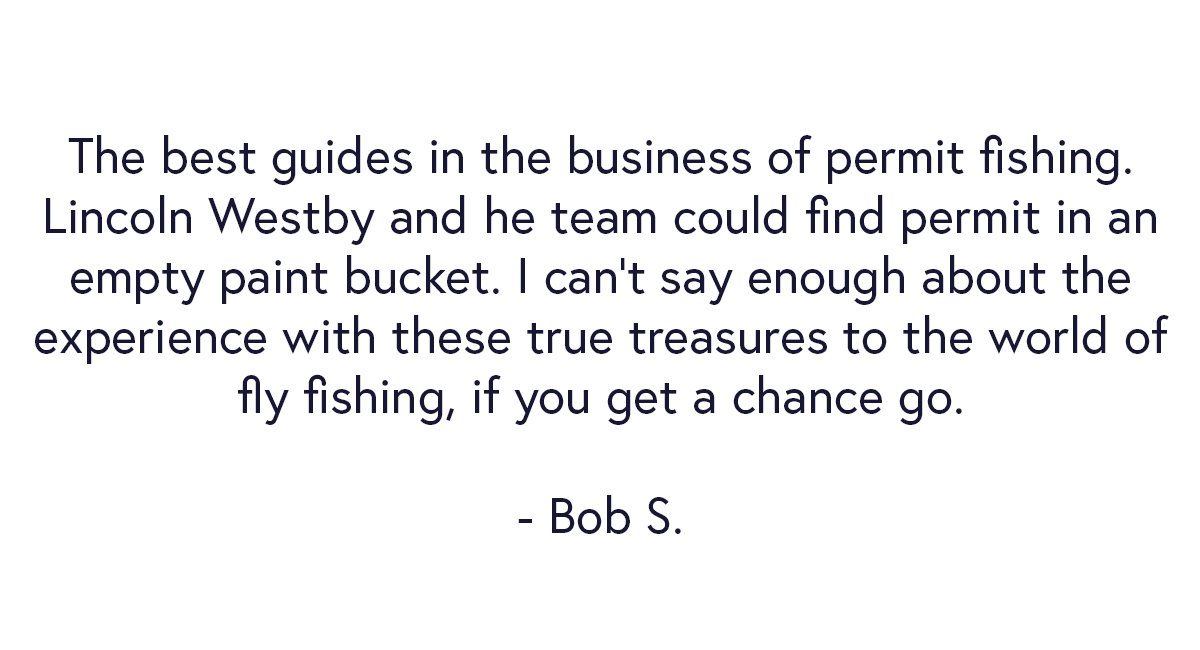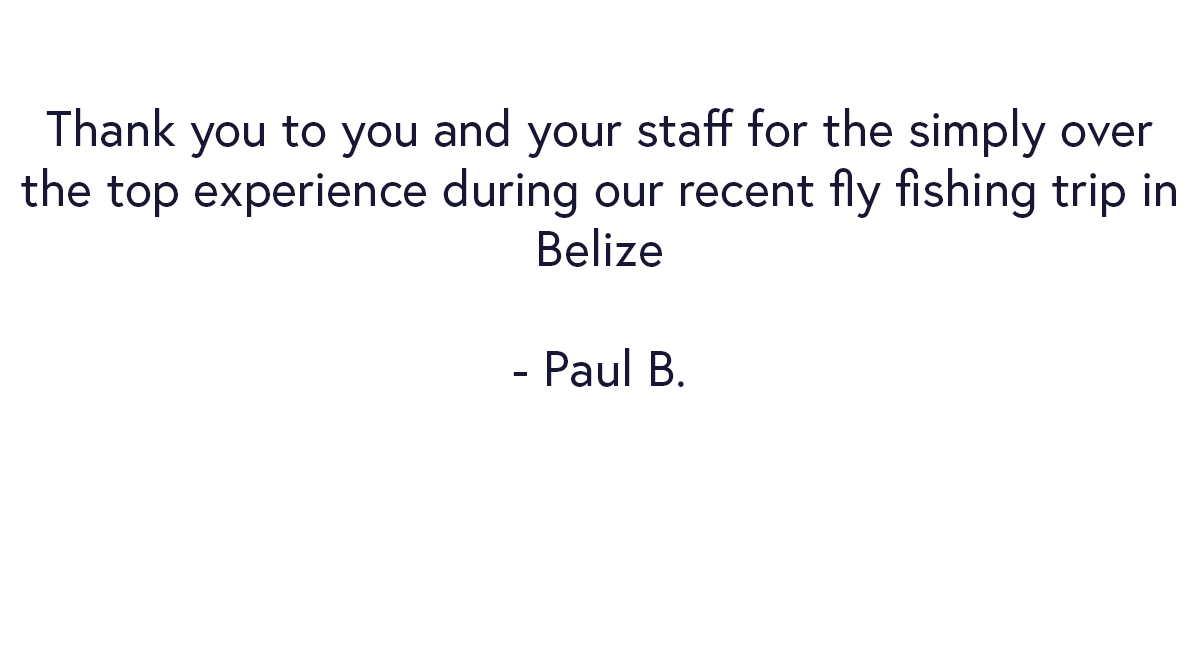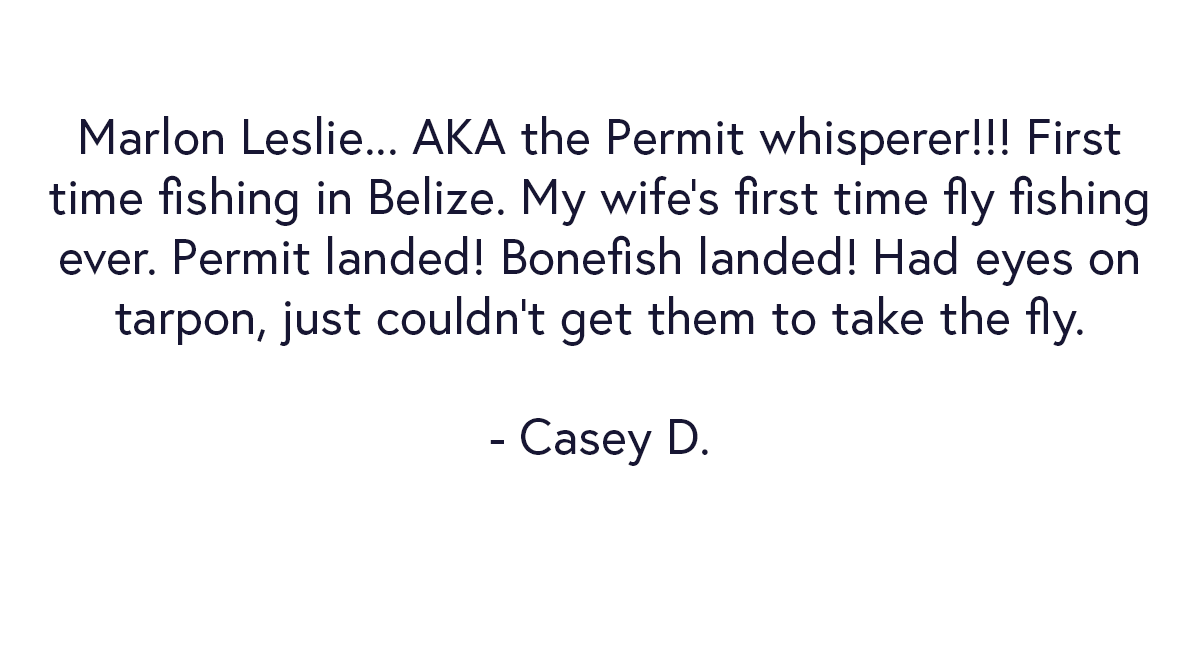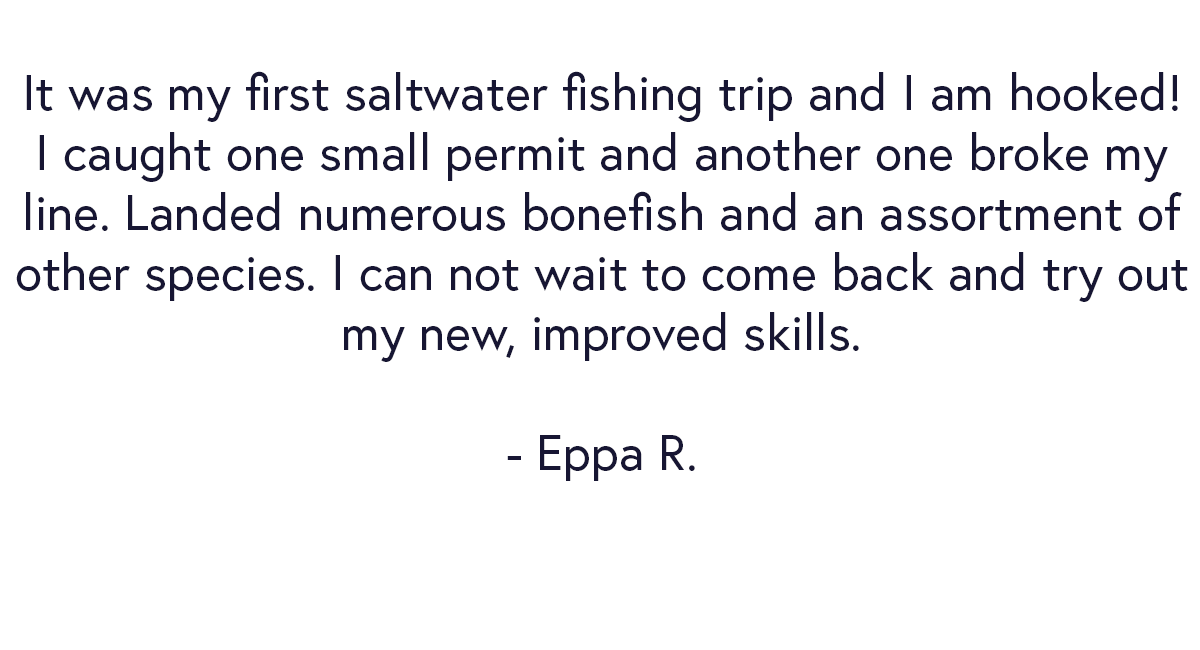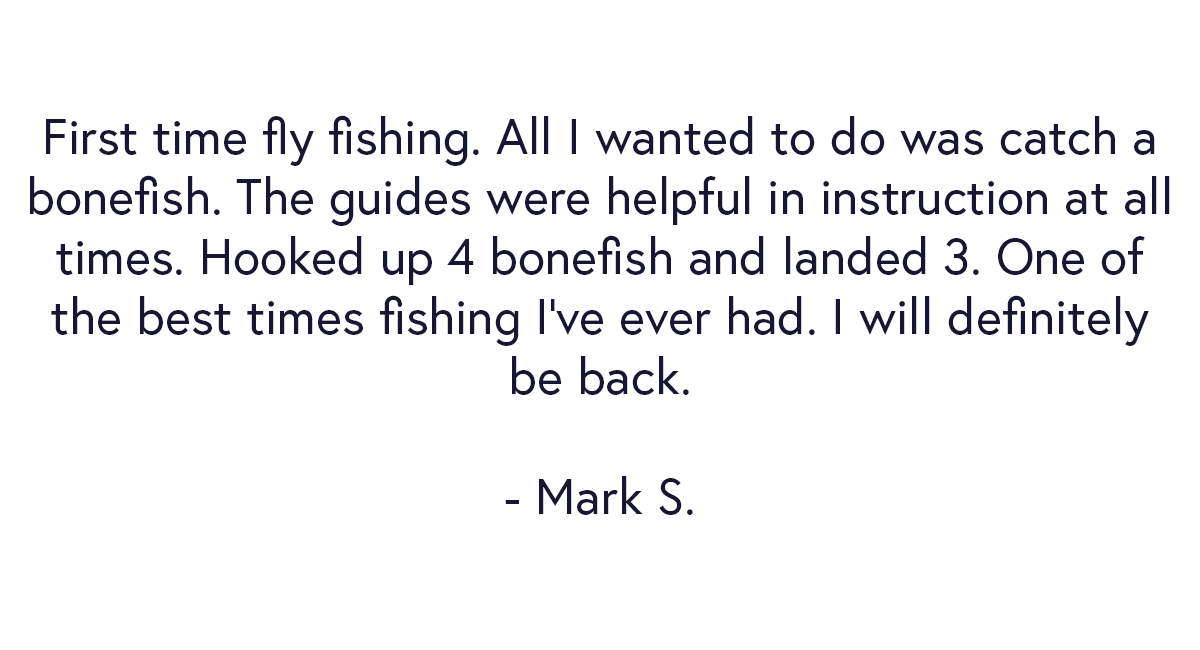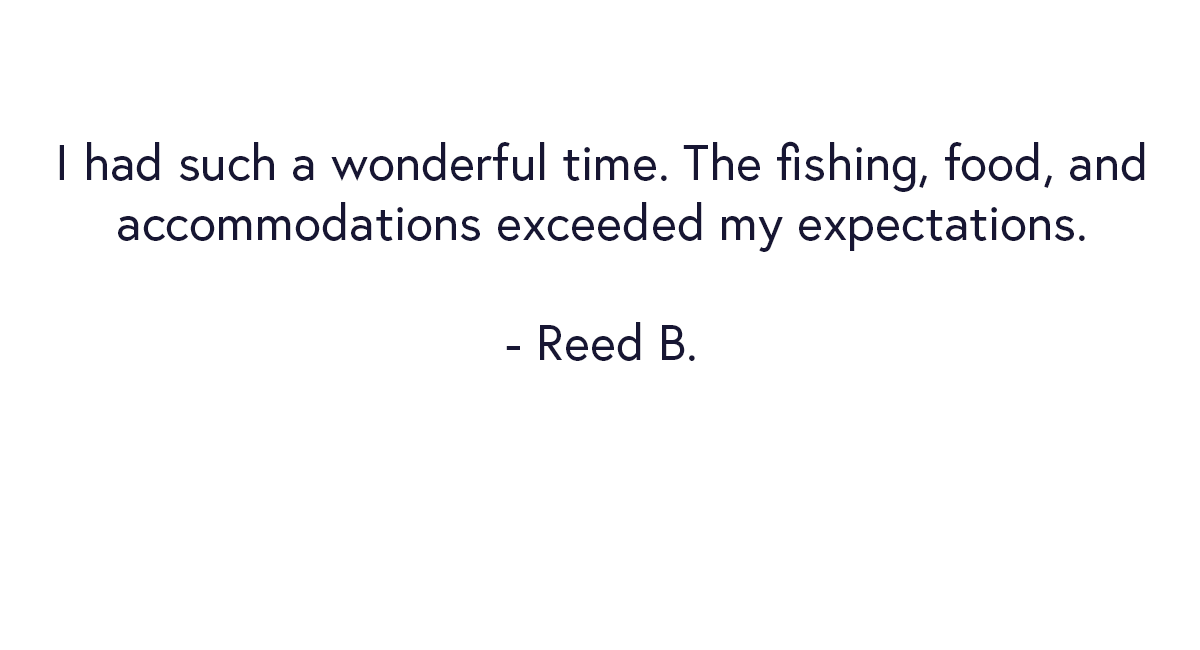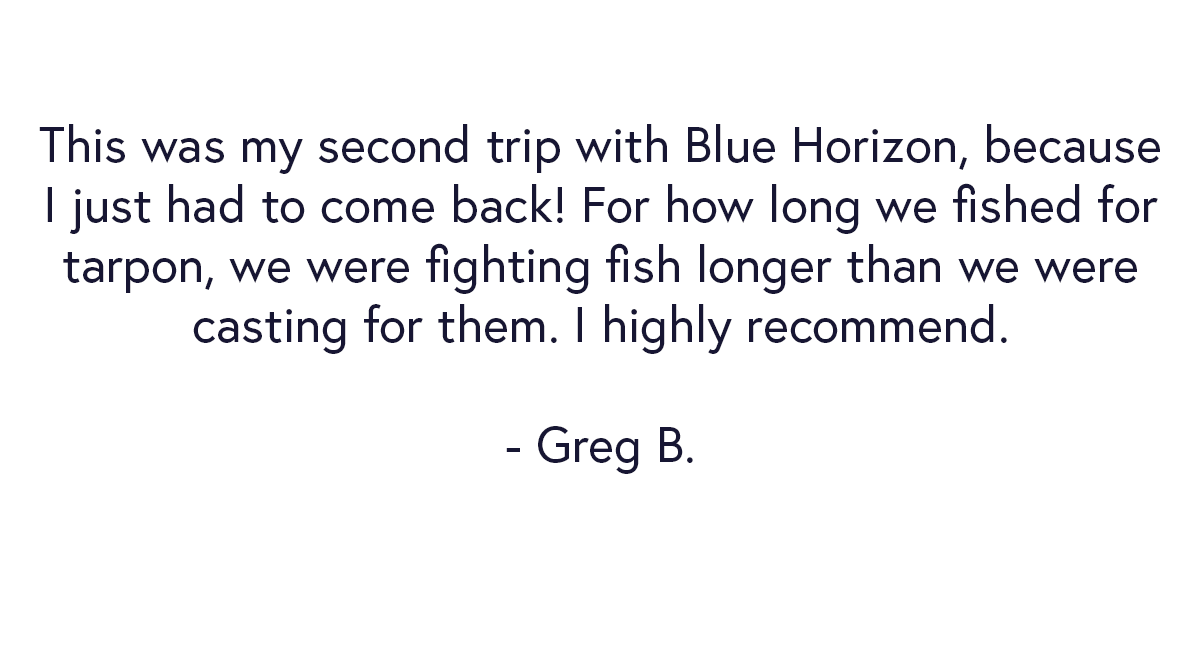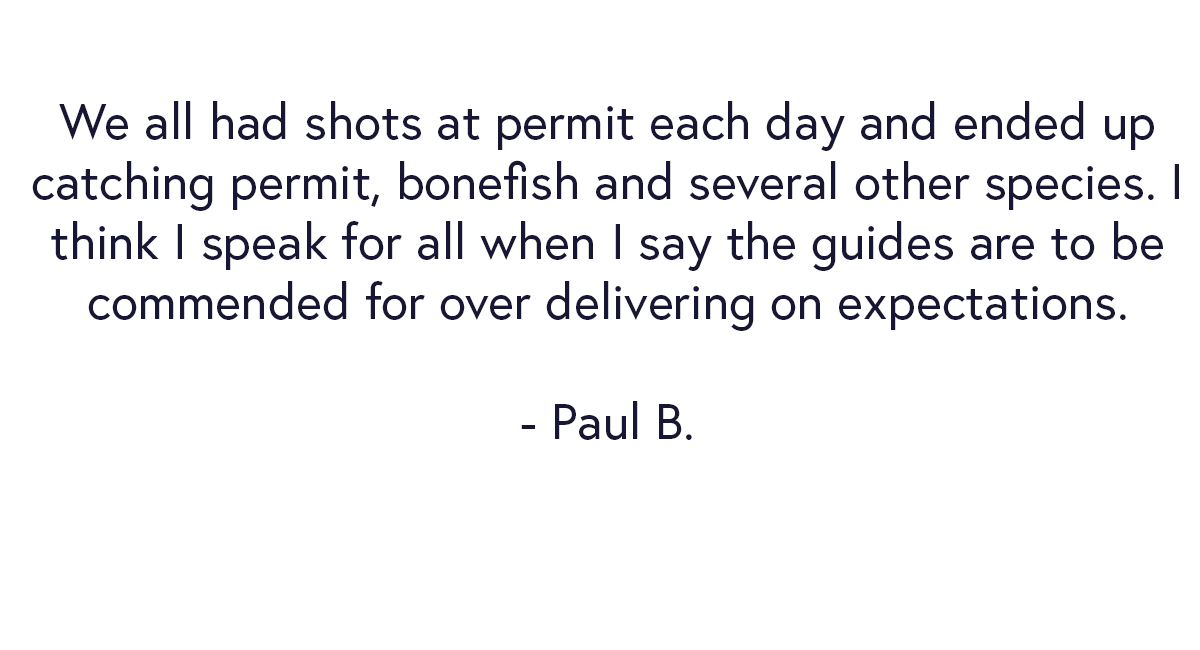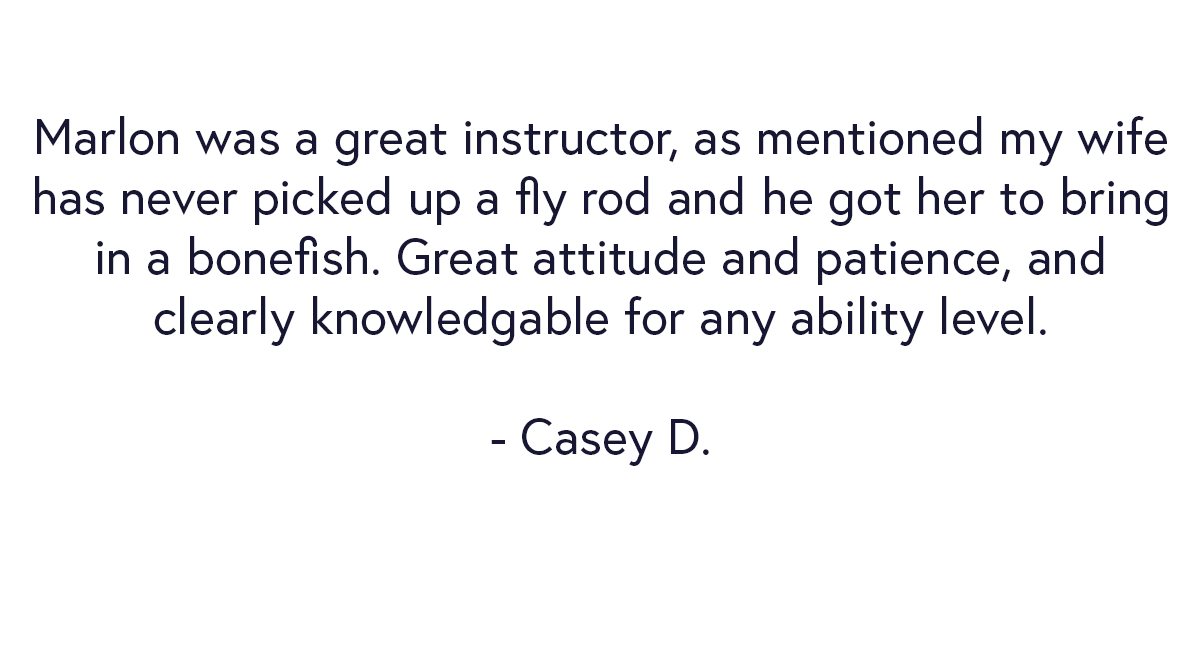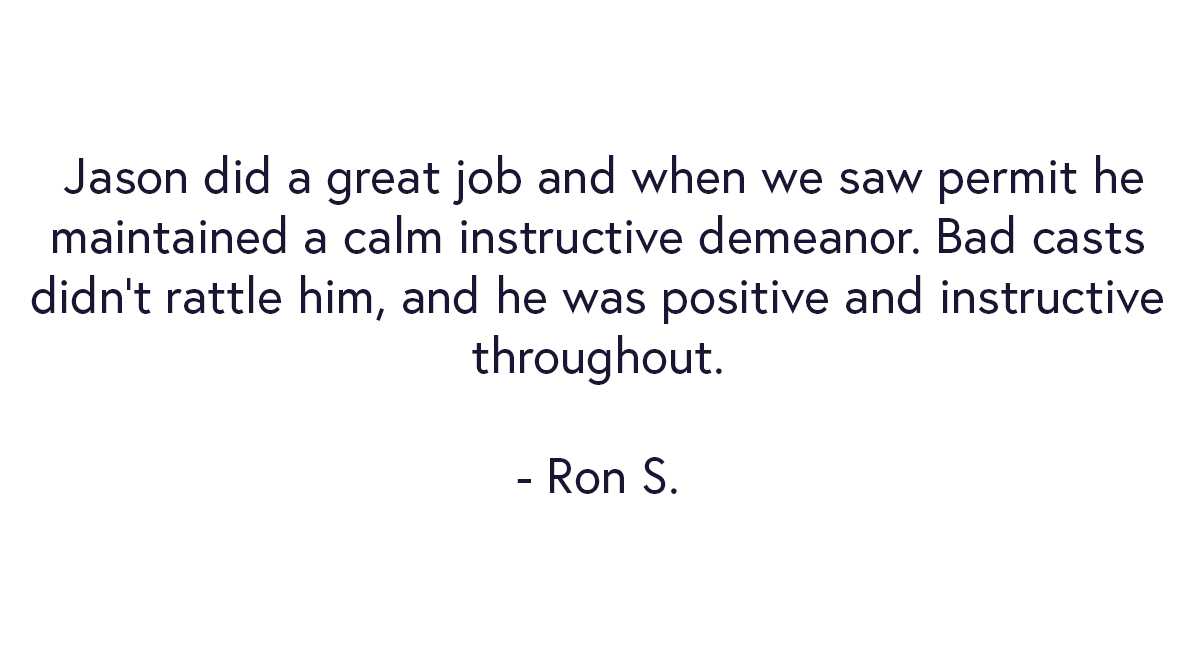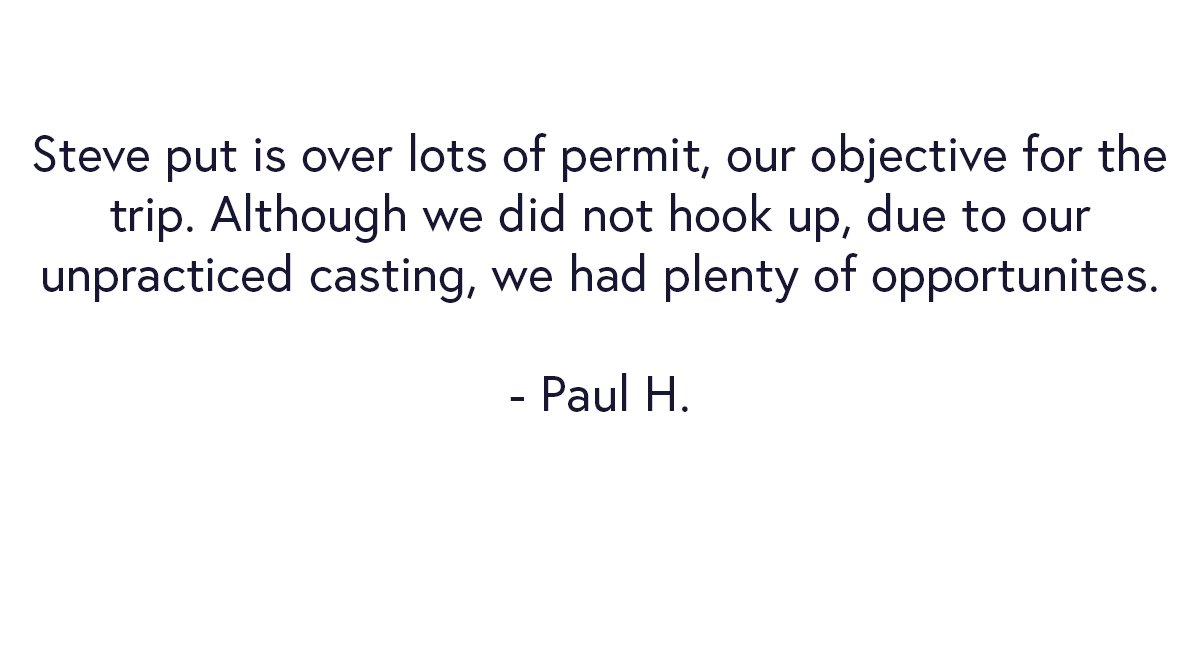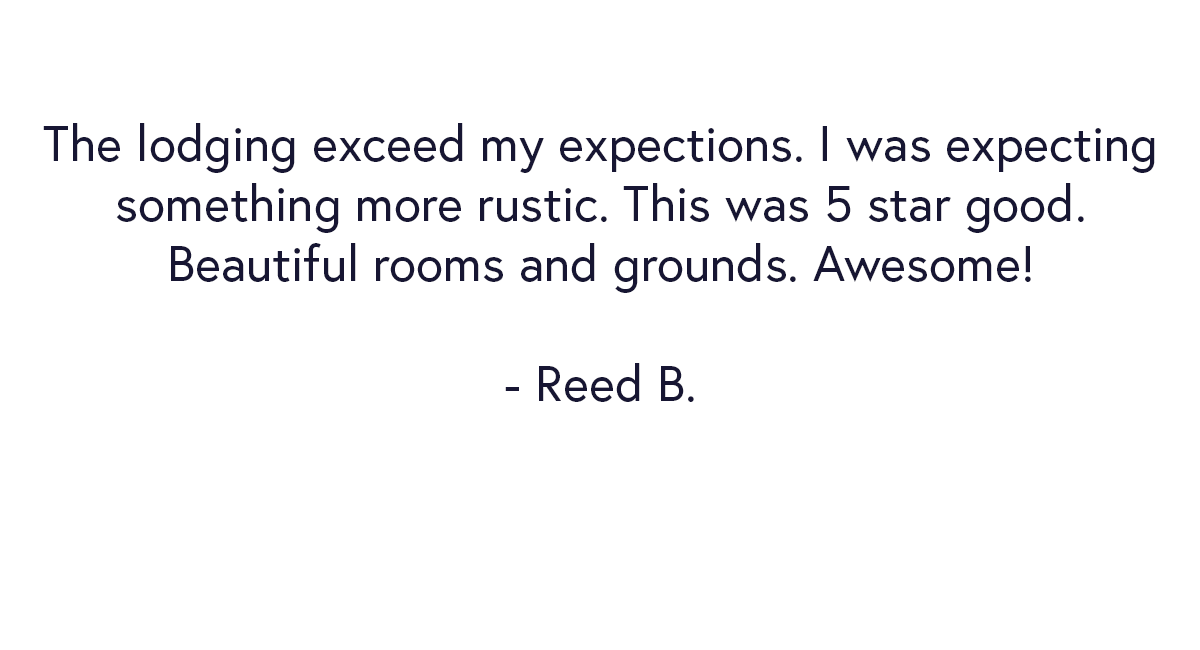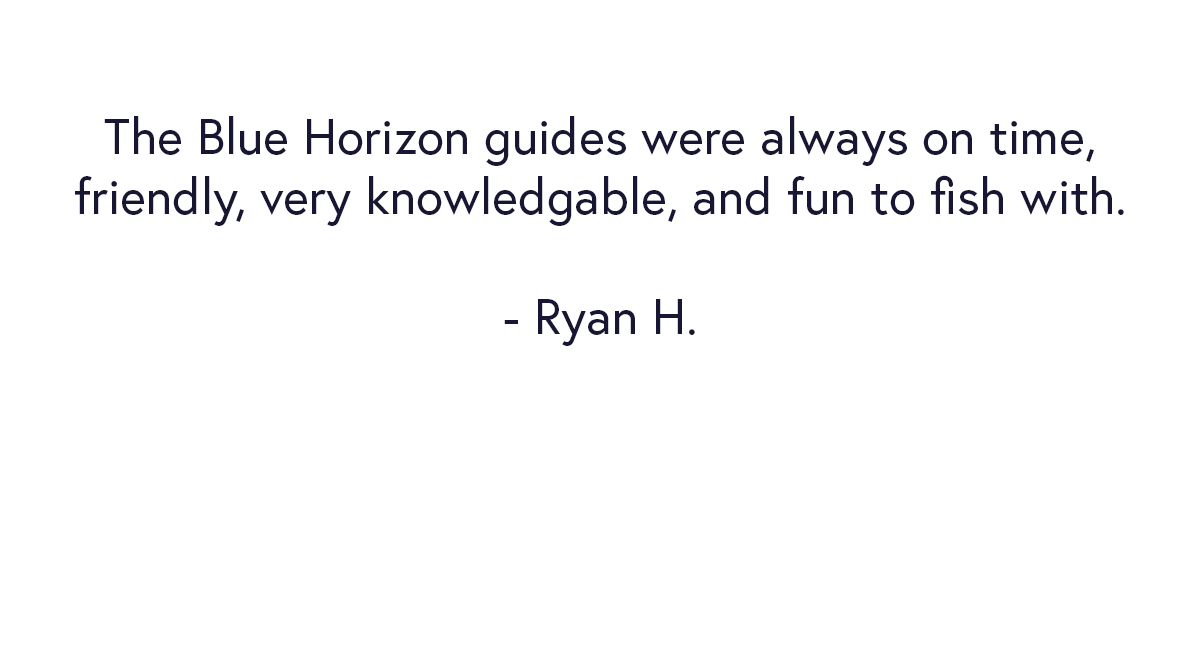Permit Fly Fishing 101 [With Basic Tips]
Permit, are known as the "Holy Grail" of fly fishing, are by far the most difficult, picky and frustrating fish you'll encounter on the flats. They have superb eyesight and a well-developed sense of smell.
Due to body shape, permit seem to be much more comfortable in deeper water. Although it is fairly common to see a permit with its tail and dorsal fin sticking out of the water, it usually won't remain that way for long. Permit seem to suddenly appear on a flat for a brief feeding spree and then fade back into the safety of the deeper water. They're constantly on the move.
Quick, accurate casting skills (and a lot of luck) are essential. Our experienced guides greatly increase your chance of catching this tricky fish.
Basic Tips to Permit Fishing:
Make sure you are confident and familiar with the gear you are using. Be sure to cast the fly rod prior to the trip or as soon as you get on the boat. You want to be able to cast the fly accurately into a dinner plate-sized target at about 40 feet.
Assess every encounter differently. Since permit can be tough to catch, each encounter with them is different. So be aware of each scenario, ask yourself different questions. Is this fish tailing? Is this fishing moving? Is it a school of fish? Just a single fish? Is there chop to the water or is it straight calm? All these different questions will change the way you target the fish. So ask your guide what he would do in these different scenarios.
Keep in mind to try to cast the fly far enough away from the fish that the splash will not spook it but close enough that it will first notice the fly when the pattern drops through the water column.
Never give up on a fish. If you think you blew the shot and permit spooked, don’t give up. It’s common for a permit to initially spook and then come back and eat the fly. So listen to your guide and watch the fish closely. And never pull that fly out to early. Most permit anglers have made this mistake before.
Understand the hookset. A big part of catching the permit is getting a proper hookset. The first step to do this is to make sure you have the slack out of the line and you are tight to the fly. So after you make a cast, typically you will need to strip in a little to get the slack out. Once the slack is out you have a tight connection to the fly and can almost feel when the permit eats. Watch the fish closely and listen to your guide. If the fish eats it set the hook with a strip set and never lift that rod tip up.
Think about how to land a permit before you hook a permit. What do you do once you hook a permit? More often than not you are going to let this fish run and the guide will use the boat to the advantage. In Belize, coral can break you off very fast, so if you are around any coral raise the rod high so that the line does not wrap on coral. Also, be sure to clear your slackline easily and avoid wrap-ups on unnecessary gear.
SUGGESTED GEAR:
Rod: 8,9, or 10 wt (Stiff to cast crab patterns in the wind). Standard is a 9 foot 4 piece rod.
Reel: Anodized, corrosion resistant saltwater model. Should be able to hold a full line plus 300 yards of 20 or 30 lb. backing. A high quality smooth disc drag is essential.
Line: Tropical Floating Line to match the line weight.
Leaders: 10 ft. 16 pound leaders are standard. Extra spools of 16 and 20 lb. Saltwater tippet are nice to have.
Flies: A large selection of crab and shrimp patterns in a variety of sizes, colors, and weights. Tan, olive and various shades of brown seem to be the most effective colors for most Belizean waters. Be sure to have a variety of different sink rates.
Hopefully, these tips and gear recommendations will help you in your journey to catching more permit on the fly. Be sure to send us an email to check availability for guided fly fishing in Belize and availability at the Blue Horizon Lodge. One of the finest permit destinations in the world.

![Permit Fly Fishing 101 [With Basic Tips]](https://images.squarespace-cdn.com/content/v1/55267a84e4b0410f3276ac29/1588198782112-2SQW8CO13CION1EQ8NOO/Screen+Shot+2020-04-29+at+3.18.09+PM.png)

![Big news today, Belize’s International Airport (BZE) will reopen on August 15th, 2020. The guides and the rest of the team at @bluehorizonbelize are beyond thrilled to get back on the water. [LINK IN BIO] for more information.
~
~
800.313.1672](https://images.squarespace-cdn.com/content/v1/55267a84e4b0410f3276ac29/1593204378183-F46B4LVPCE0HDU39GHA1/image-asset.jpeg)
![We cannot wait to have you experience the all-new rebuilt Blue Horizon Lodge. [LINK IN BIO] to inquire today.
~
~
800.313.1672 | bluehorizonbelize.com
~
~
#bluehorizonbelize #bluehorizonlodge #permitonfly #permitfly #permitalley #belize #belizefishin](https://images.squarespace-cdn.com/content/v1/55267a84e4b0410f3276ac29/1593204378633-S8TUTT8HHJL4UN9VLNJA/image-asset.jpeg)

